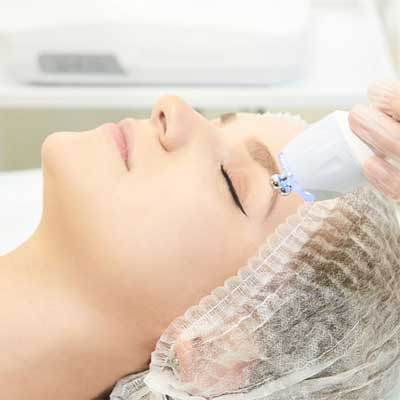Skin Cancer Surgery
Reconstruction or excision of skin lesions
The skin cancer’s stage helps determine which treatment options will be most effective.
Where does skin cancer develop?
Skin cancer develops primarily on areas of sun-exposed skin, including the scalp, face, lips, ears, neck, chest, arms and hands, and on the legs. But it can also form on areas that rarely see the light of day — your palms, beneath your fingernails or toenails, and your genital area.
Skin cancer affects people of all skin tones, including those with darker complexions. When melanoma occurs in people with dark skin tones, it’s more likely to occur in areas not normally exposed to the sun, such as the palms of the hands and soles of the feet.
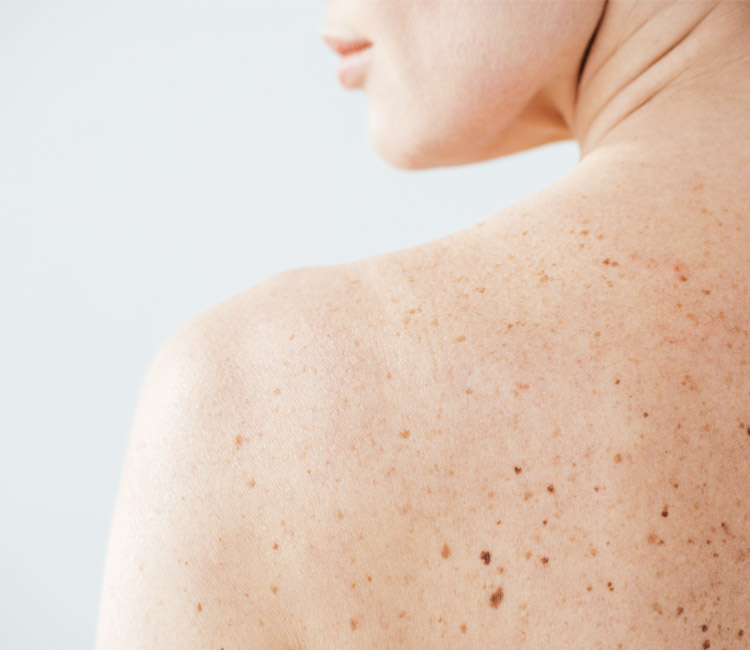
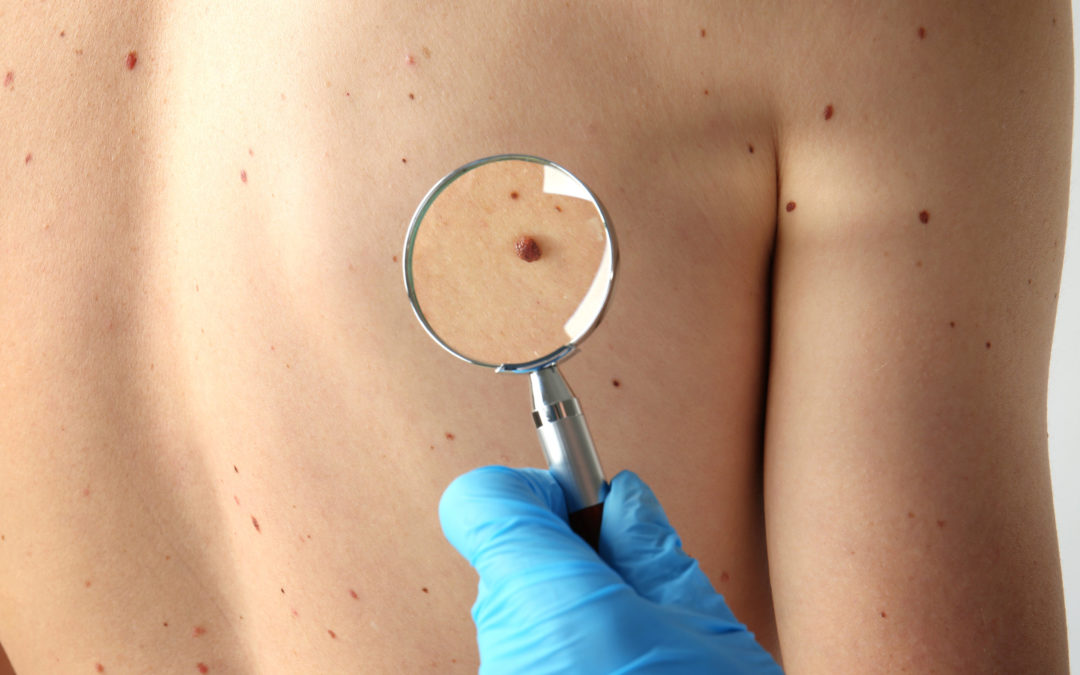

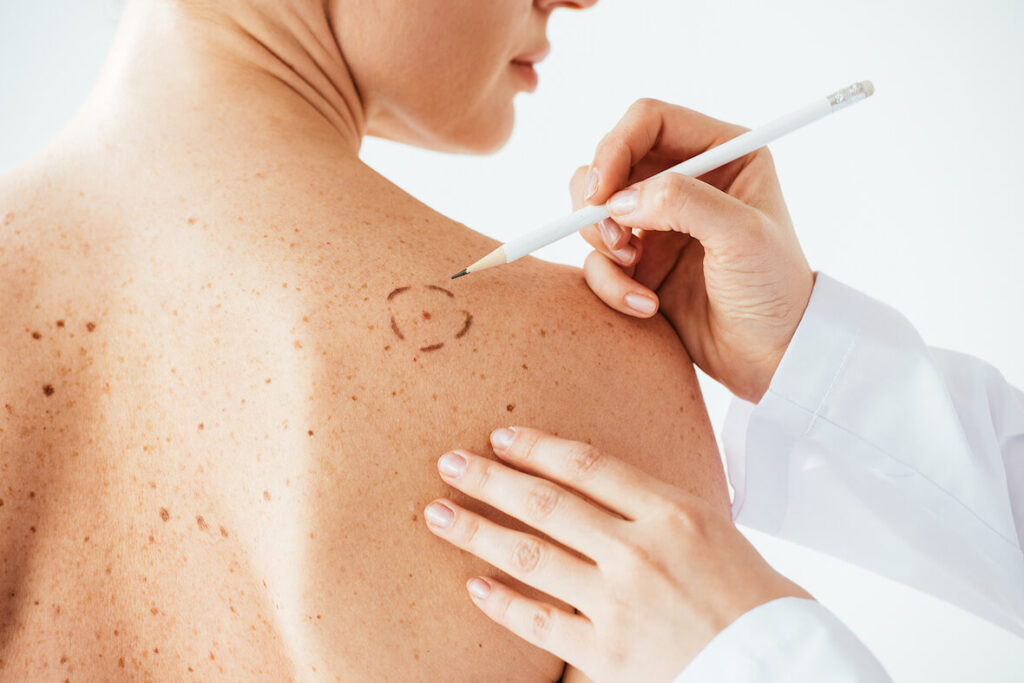
What you can do?
A thorough yearly evaluation is generally recommended with your dermatologist. If anything is suspicious you will usually be referred to Dr. Priti Patel for excisional treatment. Some patients also come to us after MOHs surgery and require reconstruction of an open wound. We will generally provide plastic surgery closure of these wounds to allow for the best symmetry and contour of the affected area. Occasionally, a skin graft or flap reconstruction may be needed if the cancer defect is very large. We will evaluate the size and nature of the skin cancer at a preprocedure evaluation.
We work commonly with local dermatologists in New Jersey and provide comprehensive reconstruction.
Treatment Information
Treatment
Your treatment options for skin cancer and the precancerous skin lesions known as actinic keratoses will vary, depending on the size, type, depth and location of the lesions. Small skin cancers limited to the surface of the skin may not require treatment beyond an initial skin excision that removes the entire growth.
If additional treatment is needed, options may include:
- Freezing
- Excisional surgery
- Mohs surgery
- Curettage and electrodesiccation or cryotherapy
- Radiation therapy
- Chemotherapy
- Photodynamic therapy
- Biological therapy
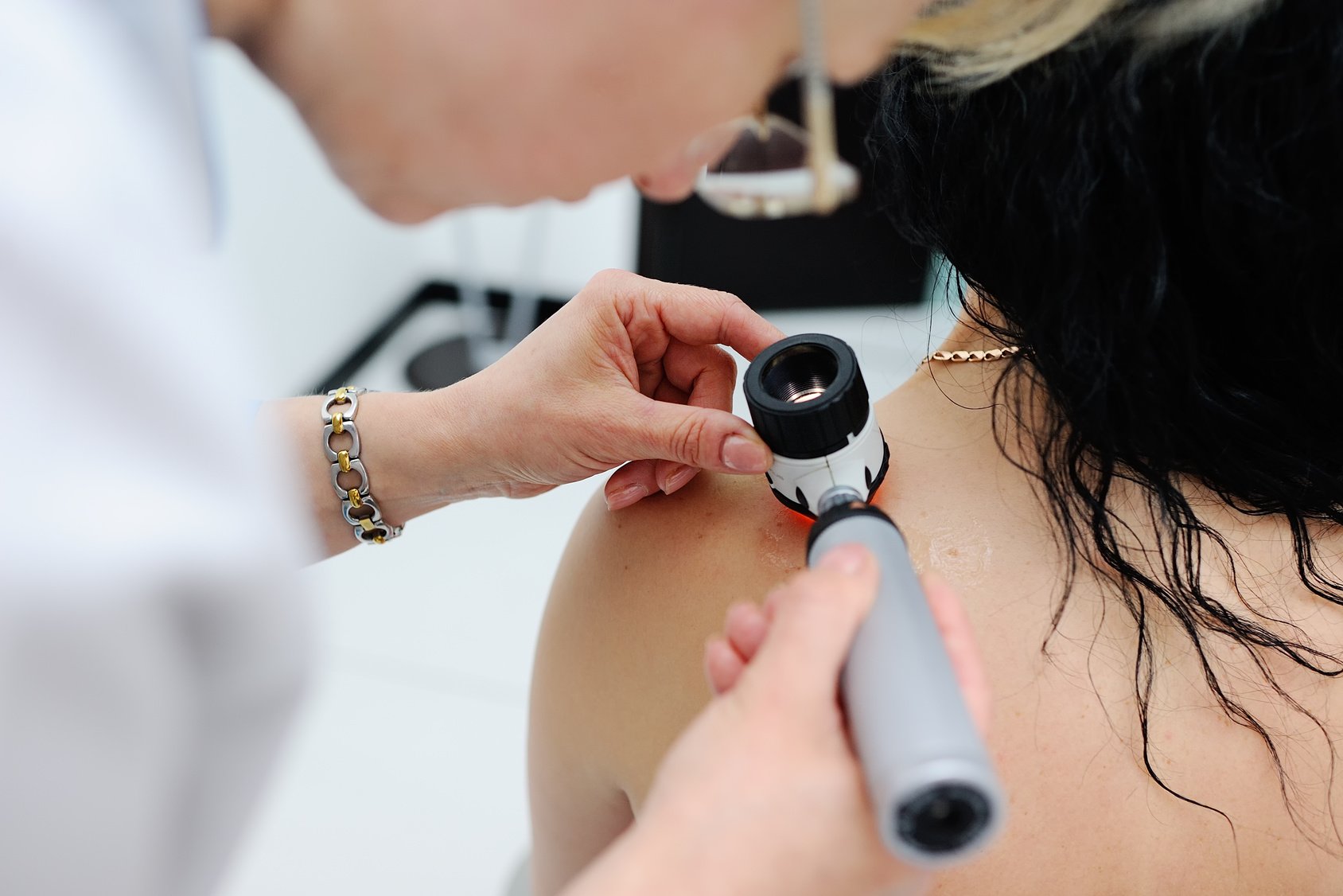
FREQUENTLY ASKED QUESTIONS
The ABCDE method may help you determine if an abnormal growth on your skin may be melanoma:
Asymmetry: The mole has an irregular shape.
Border: The edge is not smooth, but irregular or notched.
Color: The mole has uneven pigmentation or dark spots.
Diameter: The spot is larger than the size of a pencil eraser.
Evolving or Elevation: The spot is changing in size, shape or texture.
The only way to be sure if a mole is melanoma is to have it examined by a doctor. A thorough evaluation is always necessary. A biopsy can also be done to provide pathologic results.
Skin cancer usually begins as a simple, painless spot, sore or rash on the skin. If that sore or rash doesn’t heal, or if the spot changes color or becomes irregular in shape, it may be skin cancer.
Basal cell carcinomas may appear as a pale patch of skin or a waxy bump or it can look like a brownish scar or flesh-colored lesion. These spots may bleed or ooze and become crusty in some areas as they enlarge.
Squamous cell carcinomas may also develop as a lesion on the skin. But, unlike the smooth and pearly appearance of a basal cell carcinoma, these lumps may be rough on the surface or even a reddish, scaly patch or ulcer.
Melanoma may appear as a dark spot on the skin. It may change shape and color and bleed as it develops.
It may be difficult to tell if a growth on the skin is a mole, a benign growth or skin cancer. That’s why we recommend that suspicious or fast-growing spots be evaluated.

